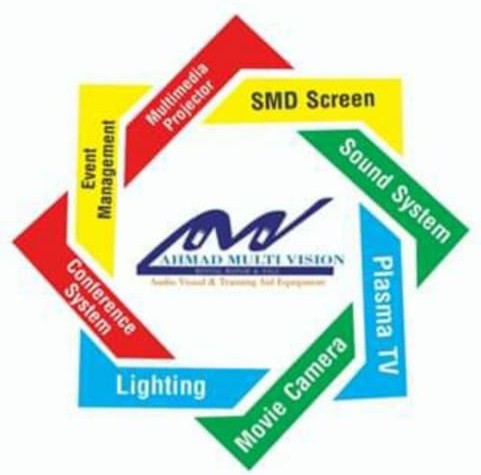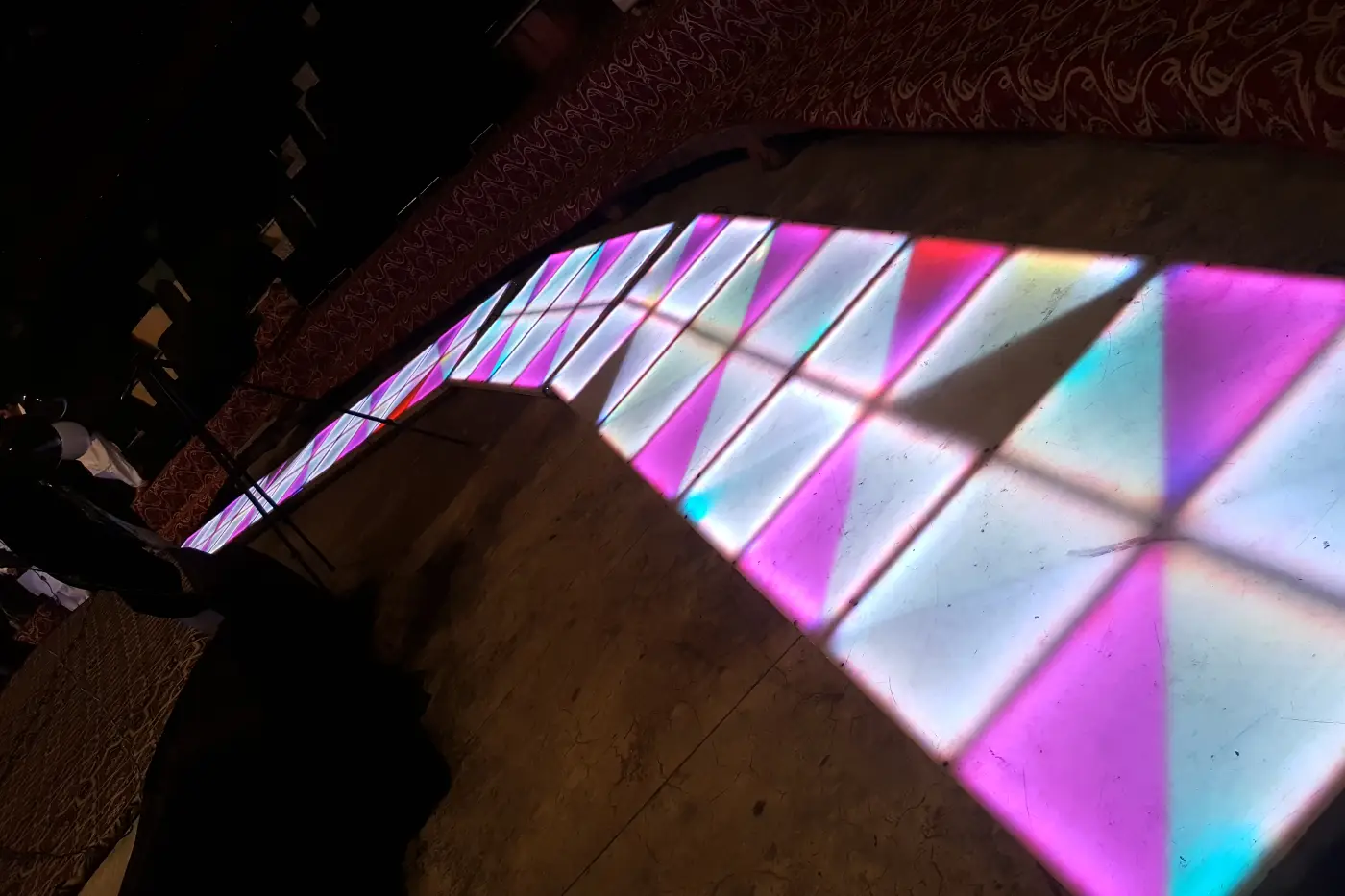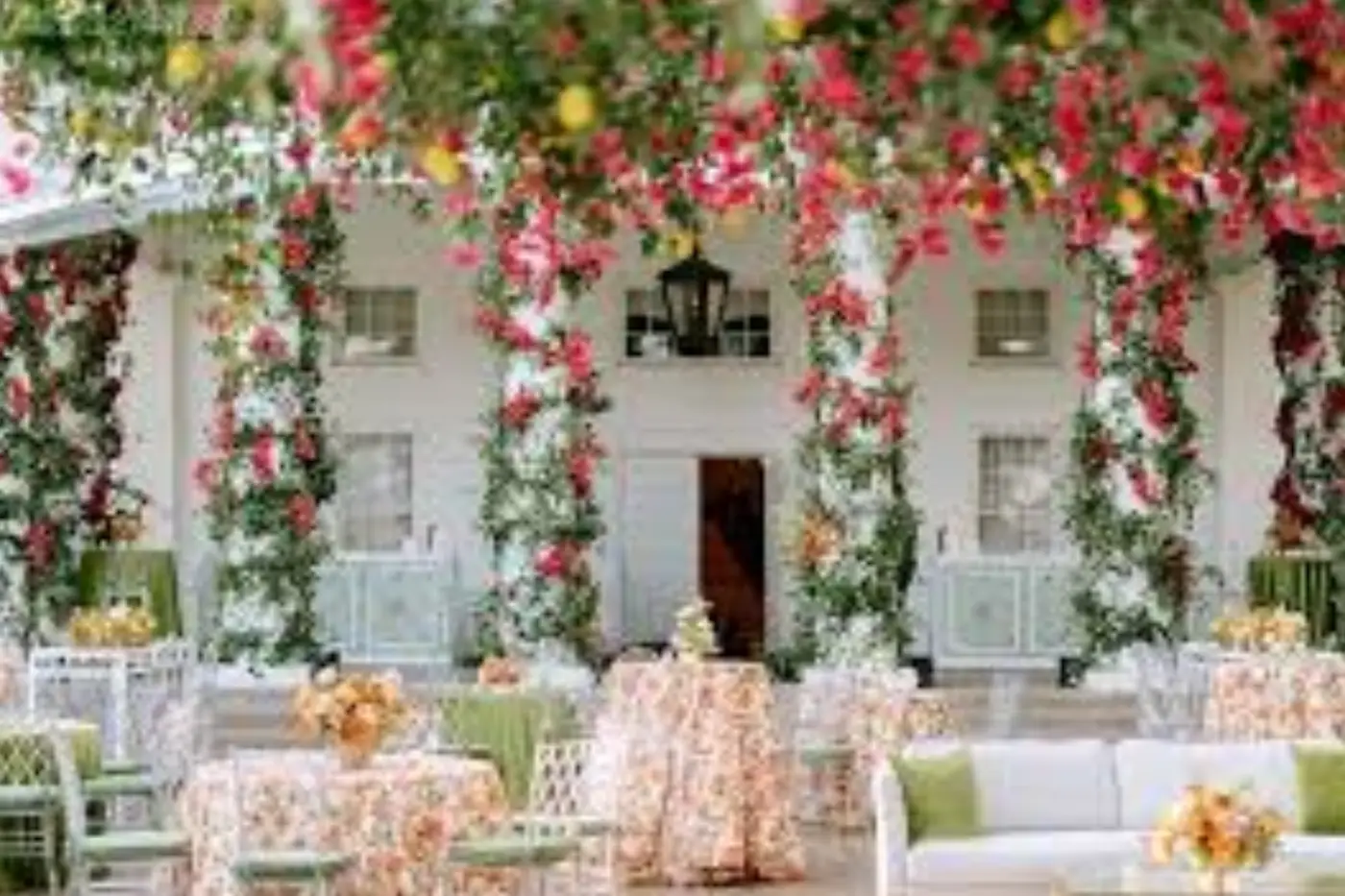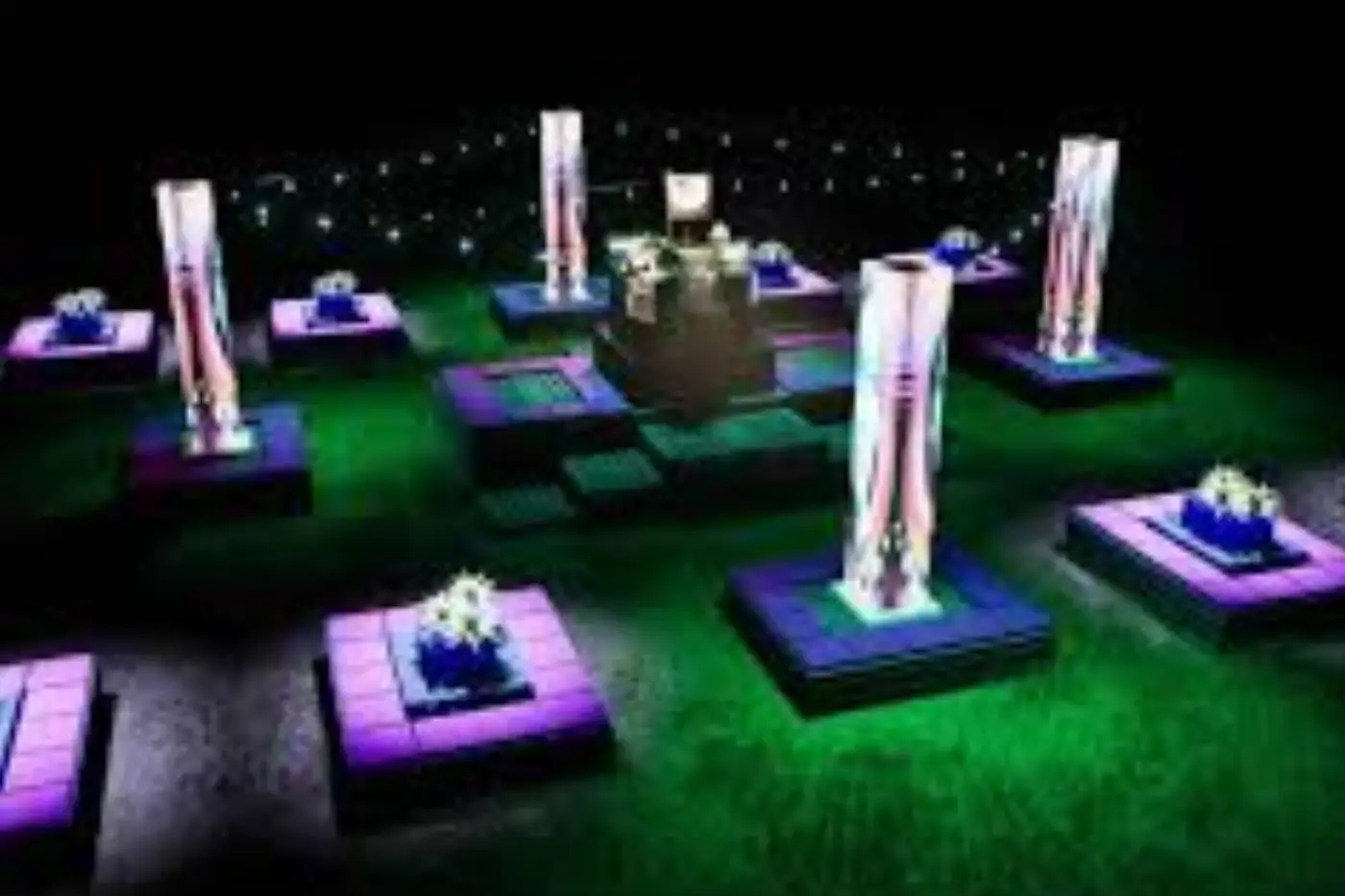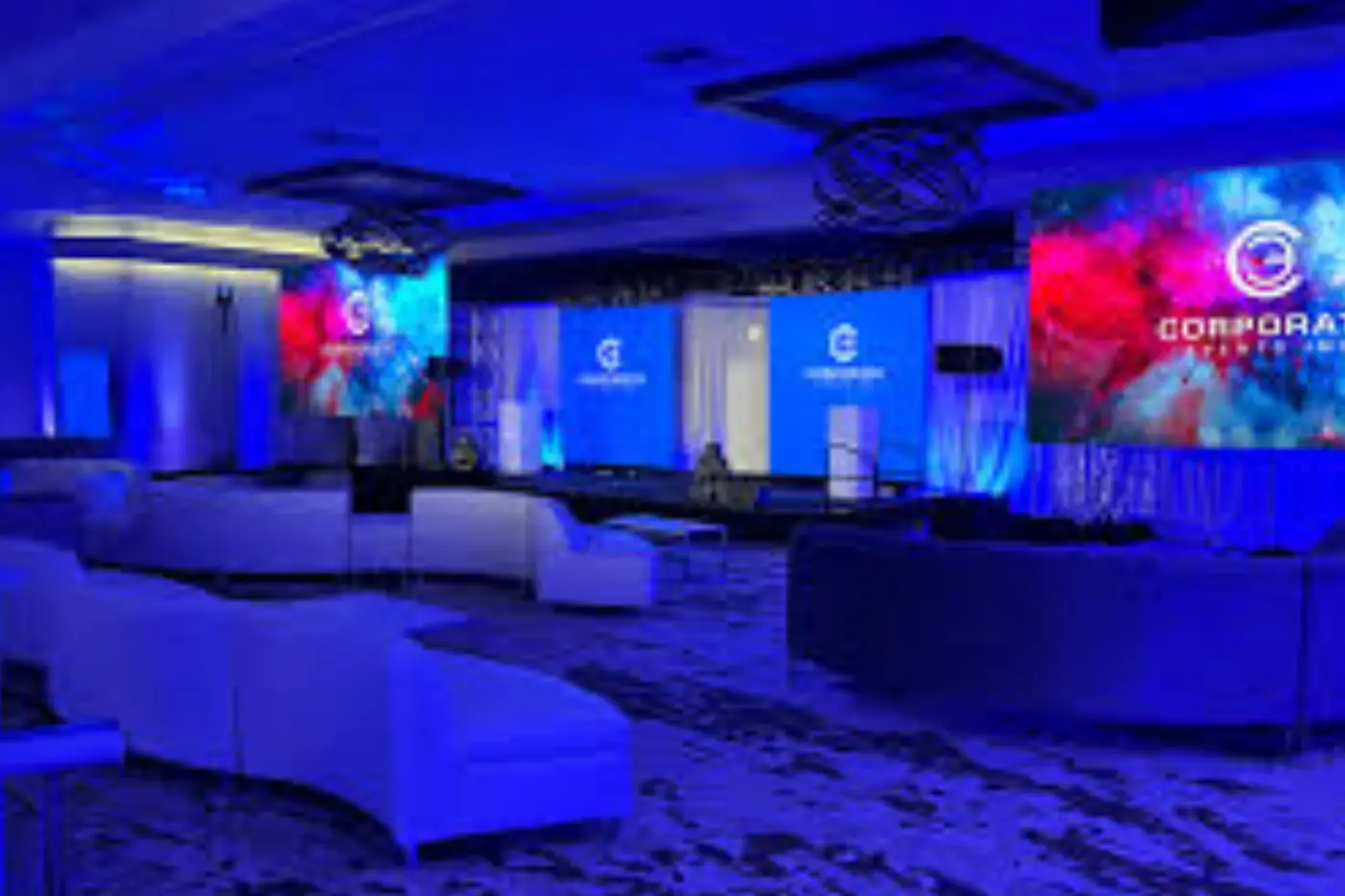Event Designing
Social & Corporate Events Management
Overview
Event designing is the process of planning, organizing, and executing the visual and experiential elements of an event to create a memorable and engaging experience for attendees. It involves a combination of creativity, logistics, and technical expertise to bring an event’s theme, purpose, and atmosphere to life.
Key Aspects of Event Designing
Concept & Theme Development
- Choosing a cohesive theme (e.g., vintage, futuristic, corporate, tropical).
- Aligning the design with the event’s purpose (wedding, conference, product launch, festival).

Venue Selection & Layout Planning
- Evaluating space for seating, stages, lighting, and décor.
- Creating floor plans for optimal guest flow and engagement.
Décor & Aesthetics
- Choosing a cohesive theme (e.g., vintage, futuristic, corporate, tropical).
- Aligning the design with the event’s purpose (wedding, conference, product launch, festival).

Lighting & Sound Design
- Using ambient, accent, and dynamic lighting to enhance mood.
- Ensuring proper audio setup for speeches, music, and entertainment.
Entertainment & Interactive Elements
- Planning performances, live acts, or digital engagements (e.g., photo booths, VR experiences).

Technical & Logistics Management
- Coordinating with vendors (caterers, florists, AV teams).
- Ensuring safety, accessibility, and compliance with regulations.
Guest Experience & Personalization
- Designing invitations, seating arrangements, and welcome kits.
- Incorporating personalized touches for special occasions.

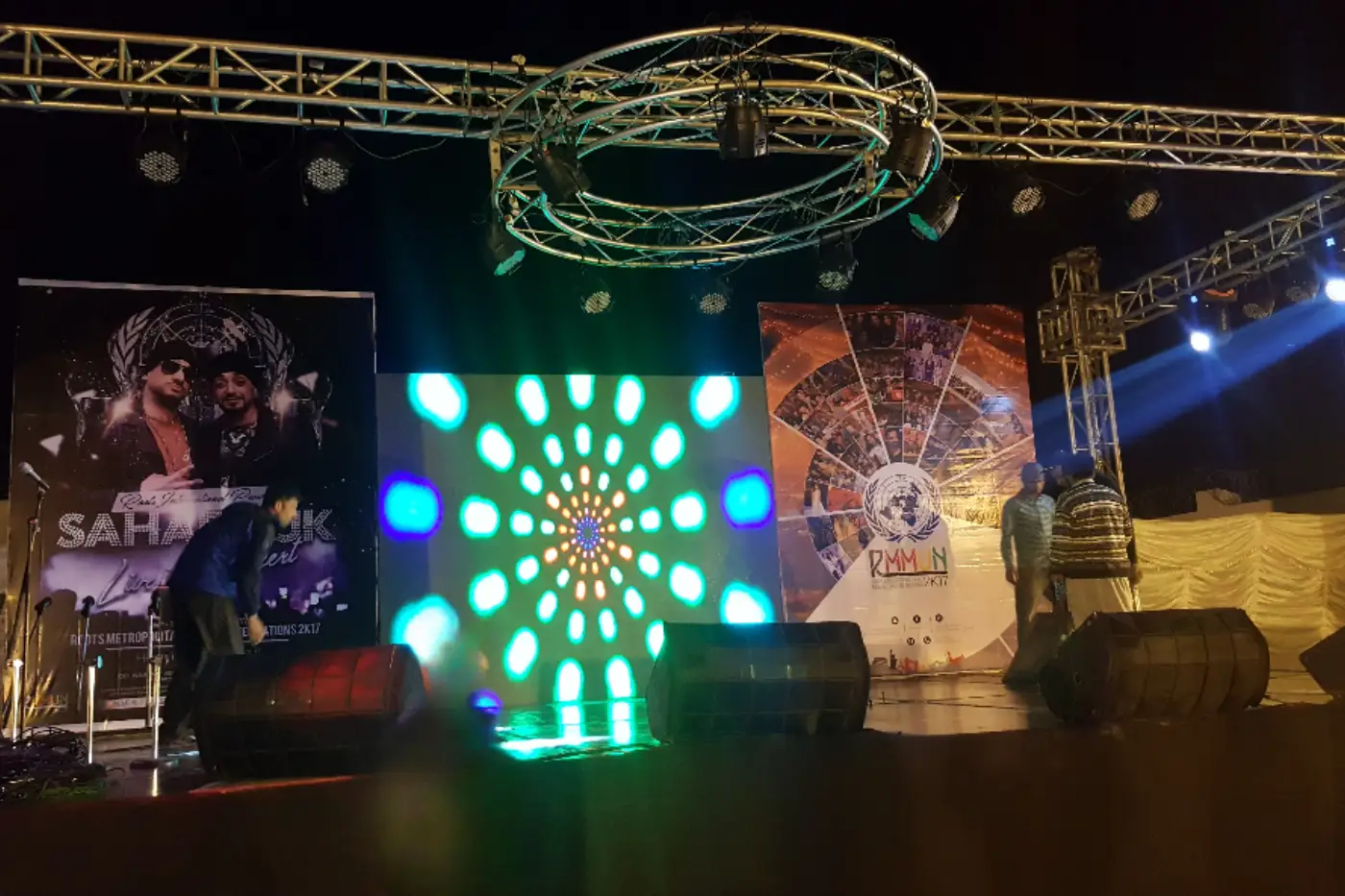
Types of Events in Event Designing
Social Events
- Weddings
- Birthdays
- Anniversaries
Corporate Events
- Conferences
- Product launches
- Galas
Cultural Events
- Festivals
- Exhibitions
- Award shows
Virtual/Hybrid Events
- Webinars
- online conferences with digital design elements
Skills Required for Event Designers
- Creativity & Attention to Detail
- Strong Visualization & Spatial Awareness
- Budgeting & Vendor Management
- Knowledge of Trends & Technology
Event designing transforms an ordinary gathering into an extraordinary experience by blending aesthetics, functionality, and storytelling.
How We Design Different Events
1. Wedding Event Design
- Focus: Romance, personalization, and guest experience.
- Key Elements:
Theme & Color Palette: Rustic, modern, bohemian, fairytale.
Ceremony Backdrop: Arches, floral installations, lanterns.
Reception Decor: Table settings, centerpieces, candles, fairy lights.
Personal Touches: Custom signage, photo displays, favors.
Trends: Sustainable décor, mixed textures, interactive food stations.
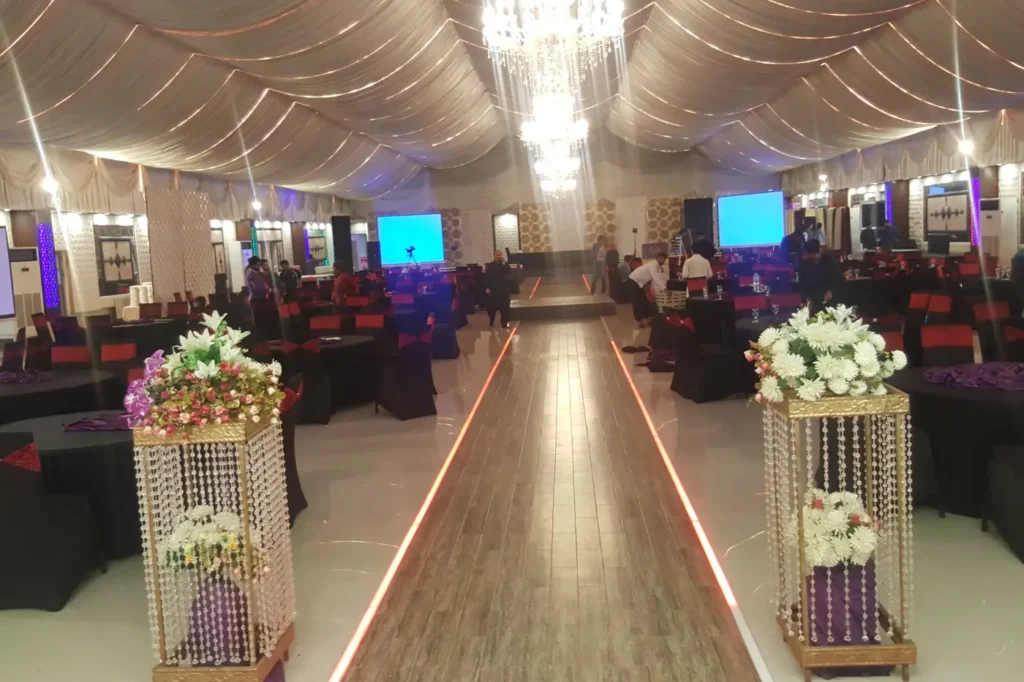
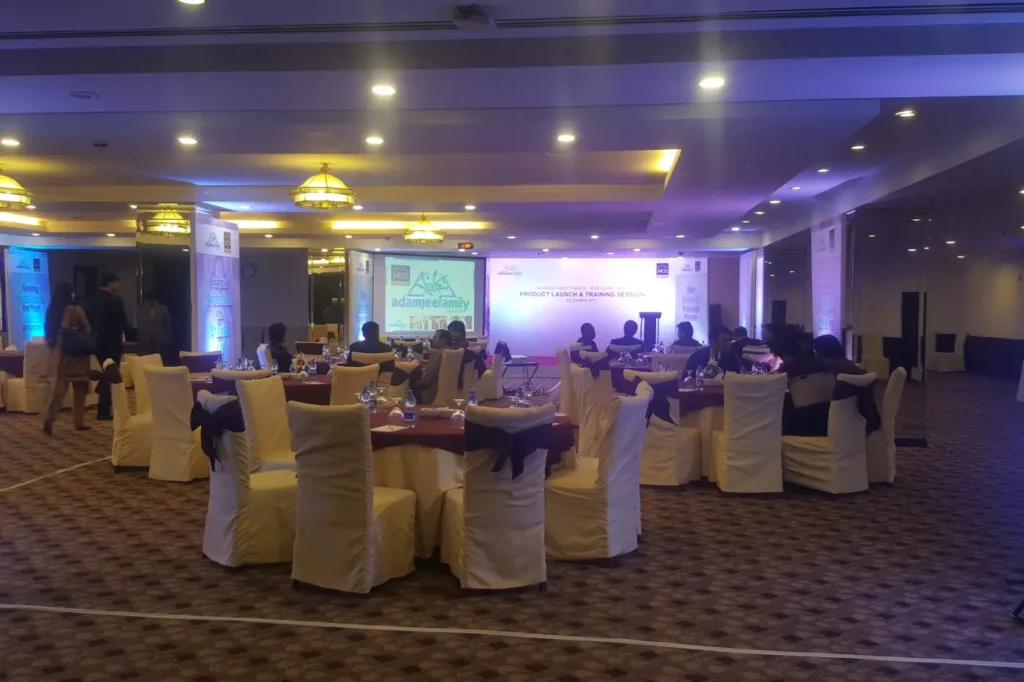
2. Corporate Event Design
- Focus: Branding, professionalism, and networking.
- Key Elements:
Brand Integration: Logos, backdrops, digital screens.
Stage Design: LED walls, podium styling.
Layout: Lounge areas, breakout zones.
Engagement Tools: AR/VR activations, live polling.
3. Social Events (Birthdays, Anniversaries, Milestones)
- Focus: Fun, personalization, and atmosphere.
- Key Elements:
Theme Execution: Hollywood glam, masquerade, decade themes.
Entertainment: Photo booths, dancers, playlists.
DIY Decor: Balloons, dessert tables, guestbooks.
Trends: Neon signs, immersive projections, “Instagrammable” moments.
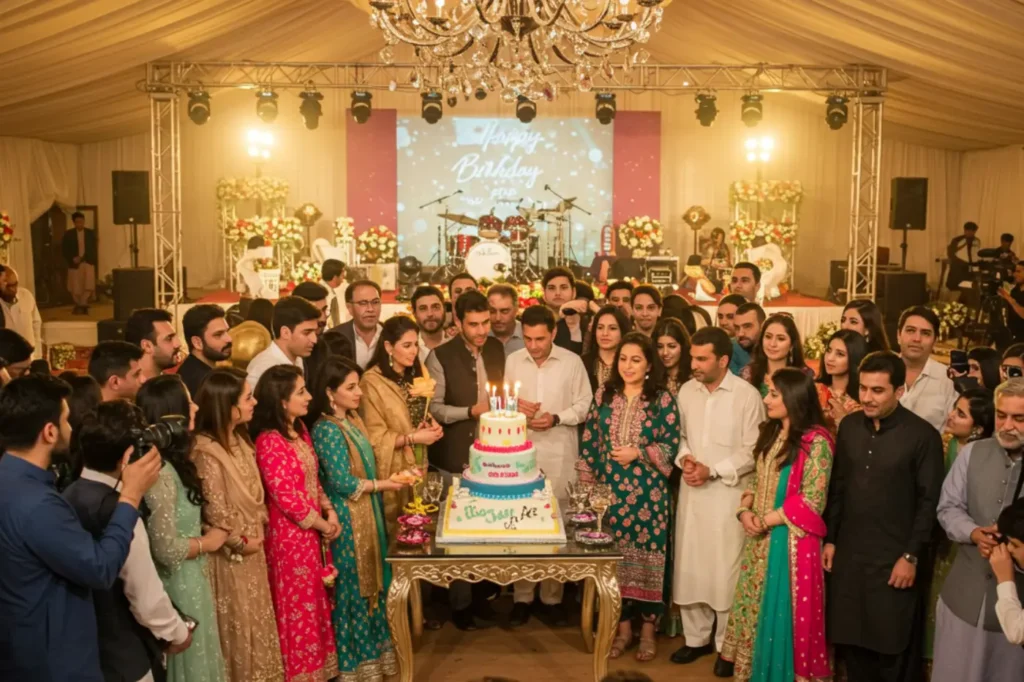
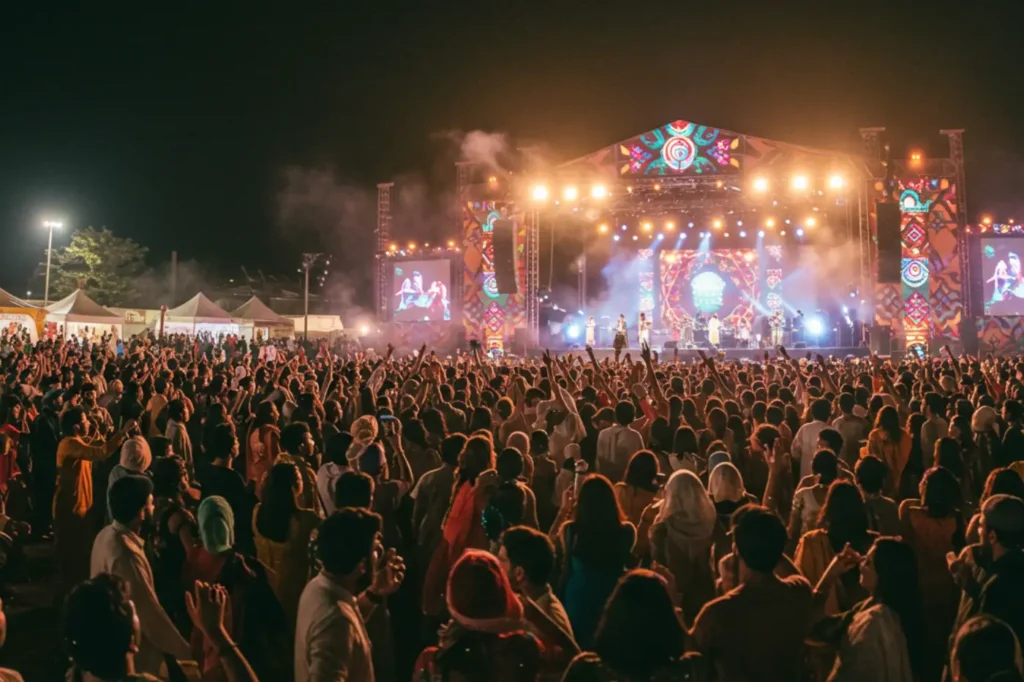
4. Festival/Concert Design
- Focus: Energy, scalability, and crowd engagement.
- Key Elements:
Stage Production: Pyrotechnics, LED screens, 3D mapping.
Vendor Zones: Food trucks, merchandise stalls.
Lighting & Sound: Laser shows, surround sound.
5. Virtual/Hybrid Event Design
- Focus: Digital engagement and seamless integration.
- Key Elements:
Platform Choice: Zoom, Hopin, or custom platforms.
Visual Branding: Animated overlays, backgrounds.
Interactivity: Q&A, polls, networking lounges.
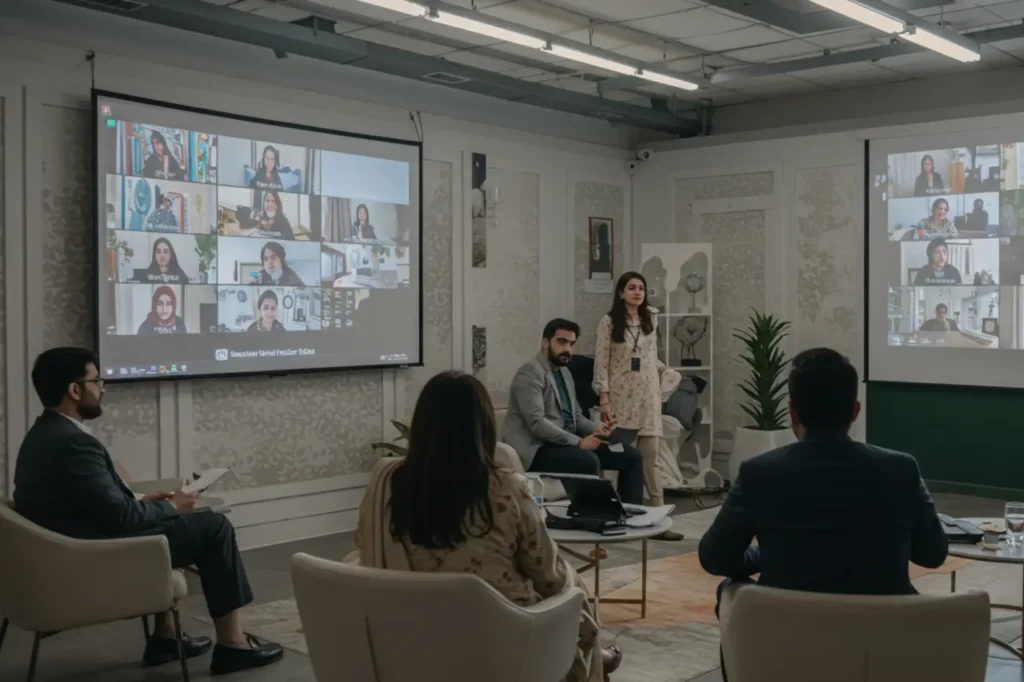
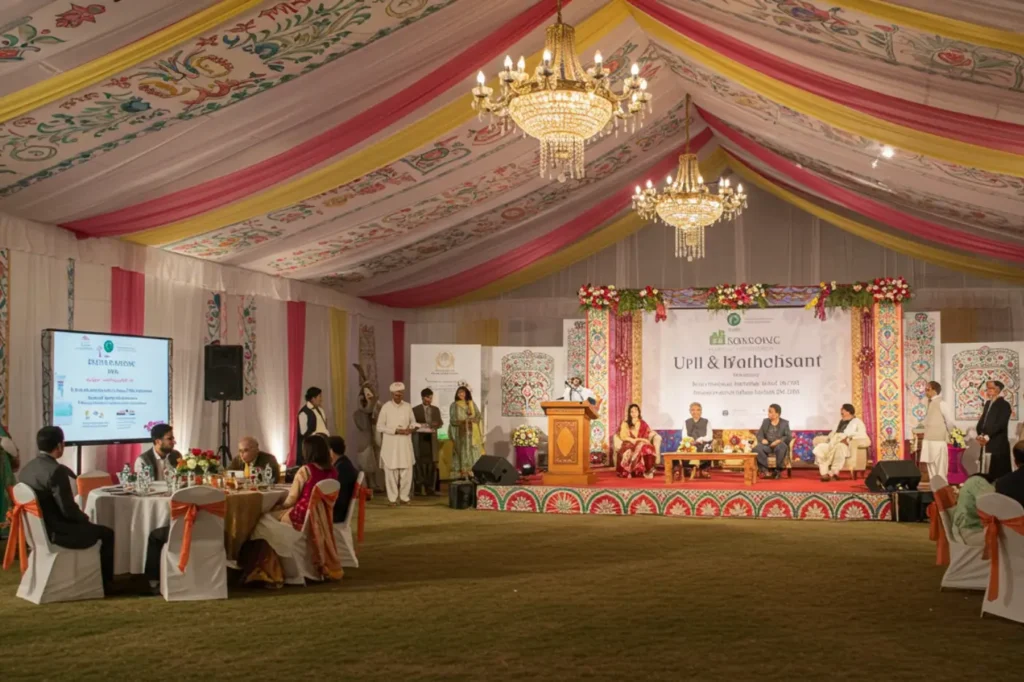
6. Non-Profit/Gala Design
- Focus: Elegance, storytelling, and fundraising.
- Key Elements:
Cause-Centric Decor: Infographics, donor walls.
Auction Setup: Display tables, LED countdowns.
Atmosphere: Soft lighting, formal settings, red carpet entry.
Need Help with a Specific Project?
- Let me know if you’d like:
- Mood board ideas for your event theme.
- Vendor recommendations (lighting, florists, etc.).
- Budget-saving design hacks.
- Step-by-step planning checklist.
